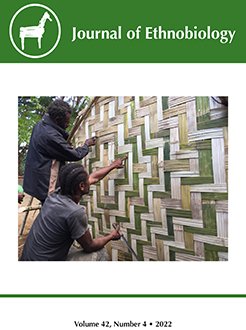Maize diversity in southern Mexico is threatened as climate change and sociopolitical factors limit the ability of small-scale farmers to continue agricultural production. Between 2017 and 2019, I conducted ten months of ethnographic research on maize agriculture in San Miguel del Valle (San Miguel), a Zapotec community in the Central Valleys of Oaxaca. In San Miguel, agricultural production is declining due to seasonal droughts that have increased in frequency and intensity in recent generations. Farmers who continue to plant maize use exclusively their own or locally acquired seeds of native landraces. Worsening seasonal droughts play a significant role in determining what seeds farmers plant and whether farmers choose to continue planting. Farmers plant locally sourced seeds partly because they believe these to be the only available seeds that will produce a harvest in their fields. This points to important interactions between environmental conditions, seed choice, and farmers' livelihoods. I contribute to existing literature on maize diversity and in situ conservation by using an ethnographic approach to describe seed saving practices and networks in San Miguel.
How to translate text using browser tools
29 December 2022
Maize Landraces and Drought: Seed Systems in San Miguel del Valle, Oaxaca, Mexico
Adele Woodmansee
ACCESS THE FULL ARTICLE
It is not available for individual sale.
This article is only available to subscribers.
It is not available for individual sale.
It is not available for individual sale.
<
Previous Article
|

Journal of Ethnobiology
Vol. 42 • No. 4
December 2022
Vol. 42 • No. 4
December 2022
climate change
landraces
local seed networks
Maize diversity
Mexico




